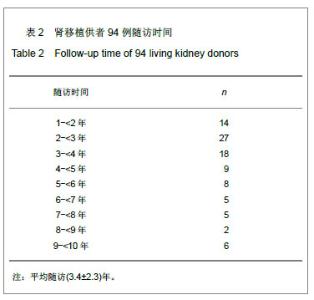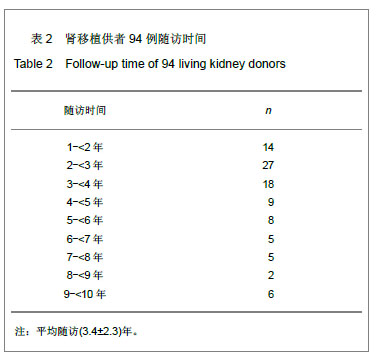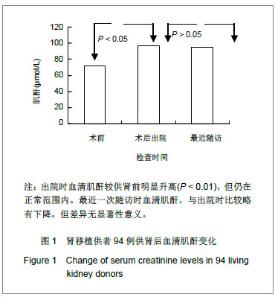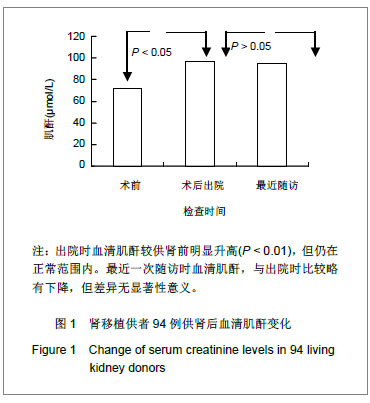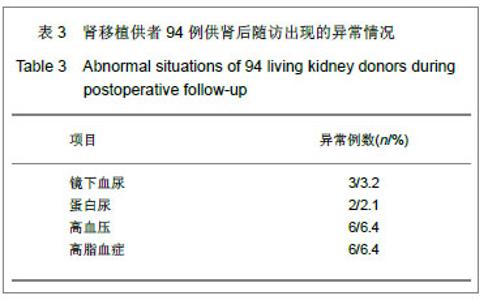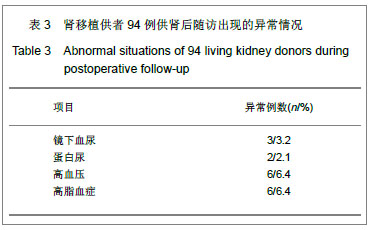| [1] |
Deng Shuang, Pu Rui, Chen Ziyang, Zhang Jianchao, Yuan Lingyan .
Effects of exercise preconditioning on myocardial protection and apoptosis in a mouse model of myocardial remodeling due to early stress overload
[J]. Chinese Journal of Tissue Engineering Research, 2022, 26(5): 717-723.
|
| [2] |
Yang Zhiwei, Liu Junchang, Gao Xiaolin, Jiang Taimao.
Relationship between tacrolimus metabolic rate and early BK virus infection after kidney transplantation
[J]. Chinese Journal of Tissue Engineering Research, 2022, 26(5): 712-716.
|
| [3] |
Yuan Lifen, Cao Shuang, Sun Ting.
Effect of angiotensinogen-targeted RNA interference in spontaneously hypertensive rats
[J]. Chinese Journal of Tissue Engineering Research, 2021, 25(35): 5626-5631.
|
| [4] |
Li Songtao, Li Xinyi, Song Yunfeng, Ning Jiayin, Ren Qiang, Yang Renxu, Peng Bo.
Maxing Xiongting Mixture regulates factors relevant to lung reshaping and vascular remodeling of hypoxic pulmonary hypertension rats
[J]. Chinese Journal of Tissue Engineering Research, 2021, 25(2): 274-280.
|
| [5] |
Chen Xinling, Wang Shenglan.
Cell autophagy, pathway, regulation and its multiple correlations with pulmonary hypertension
[J]. Chinese Journal of Tissue Engineering Research, 2021, 25(2): 311-316.
|
| [6] |
Wang Xiaobo, Wang Changan, Han Jianle, Yang Qingyan, Yang Shuaiping, Yang Junwei.
Influence of conversion from cyclosporine to tacrolimus on glucose metabolism and cardiovascular risk profiles in stable kidney transplant patients
[J]. Chinese Journal of Tissue Engineering Research, 2021, 25(14): 2236-2240.
|
| [7] |
Ye Quanying, Chen Qisheng, Li Yanwen, Wang Ting, Chen Xiaoyan, Yue Yun.
Effect of cassia seed aqueous extract on blood pressure level in N-nitro-L-arginine-methyl ester induced hypertensive rats
[J]. Chinese Journal of Tissue Engineering Research, 2021, 25(11): 1705-1711.
|
| [8] |
Liu Junchang, Gao Xiaolin, Jiang Taimao.
Correlation of CY3A5 genetic polymorphism with concentration/dosage of tacrolimus and individualized administration of tacrolimus after kidney transplantation
[J]. Chinese Journal of Tissue Engineering Research, 2021, 25(11): 1740-1744.
|
| [9] |
Guo Juan, Zheng Shan, Xie Hui, Hu Yahui.
An analysis of pathogenic bacteria infection in 422 kidney transplant recipients
[J]. Chinese Journal of Tissue Engineering Research, 2020, 24(32): 5198-5202.
|
| [10] |
Liu Luhao, Fang Jiali, Zhang Lei, Li Guanghui, Xu Lu, Lai Xingqiang, Xiong Yunyi, Chen Rongxin, Ma Junjie, Chen Zheng.
Clinical assessment criteria of donor pancreas transplants for simultaneous pancreas-kidney transplantation
[J]. Chinese Journal of Tissue Engineering Research, 2020, 24(26): 4157-4161.
|
| [11] |
Yuan Guoqiang, Qin Yongsheng, Peng Peng.
High-intensity interval training for treating pathological cardiac hypertrophy in spontaneously hypertensive rats: effects and mechanisms
[J]. Chinese Journal of Tissue Engineering Research, 2020, 24(23): 3708-3715.
|
| [12] |
Zhang Chaohui, Zhao Feng, Feng Yunpeng, Wang Wenbin, Kuang Baoping, Huang He.
Research progress and medical application of modeling and simulation of cardiovascular system
[J]. Chinese Journal of Tissue Engineering Research, 2019, 23(7): 1115-1121.
|
| [13] |
Gao Junli, Zhu Yunjie, Liu Guoxiang, Wang Weiwei, Zhang Jinyuan.
Astragaloside-incubated adipose-derived stem cells for the treatment of diabetic nephropathy
[J]. Chinese Journal of Tissue Engineering Research, 2019, 23(29): 4629-4636.
|
| [14] |
Yang Jin, Zhang Meixia, Yan Pei, Cheng Qiao, Li Jianzhen .
Meta-analysis of risk factors for new-onset diabetes mellitus after kidney transplantation
[J]. Chinese Journal of Tissue Engineering Research, 2019, 23(15): 2450-2460.
|
| [15] |
Zhou Xiao-xiong, Wei Wei-chao, Sun Ce, Ye Tao-chun, Wang Song, Qing Li-jin, Wu Hui, Xian Shao-xiang.
Transplantation of lentiviral-transfected endothelial progenitor cells for pulmonary hypertension and the interventional effect of astragalosides
[J]. Chinese Journal of Tissue Engineering Research, 2018, 22(9): 1425-1431.
|
